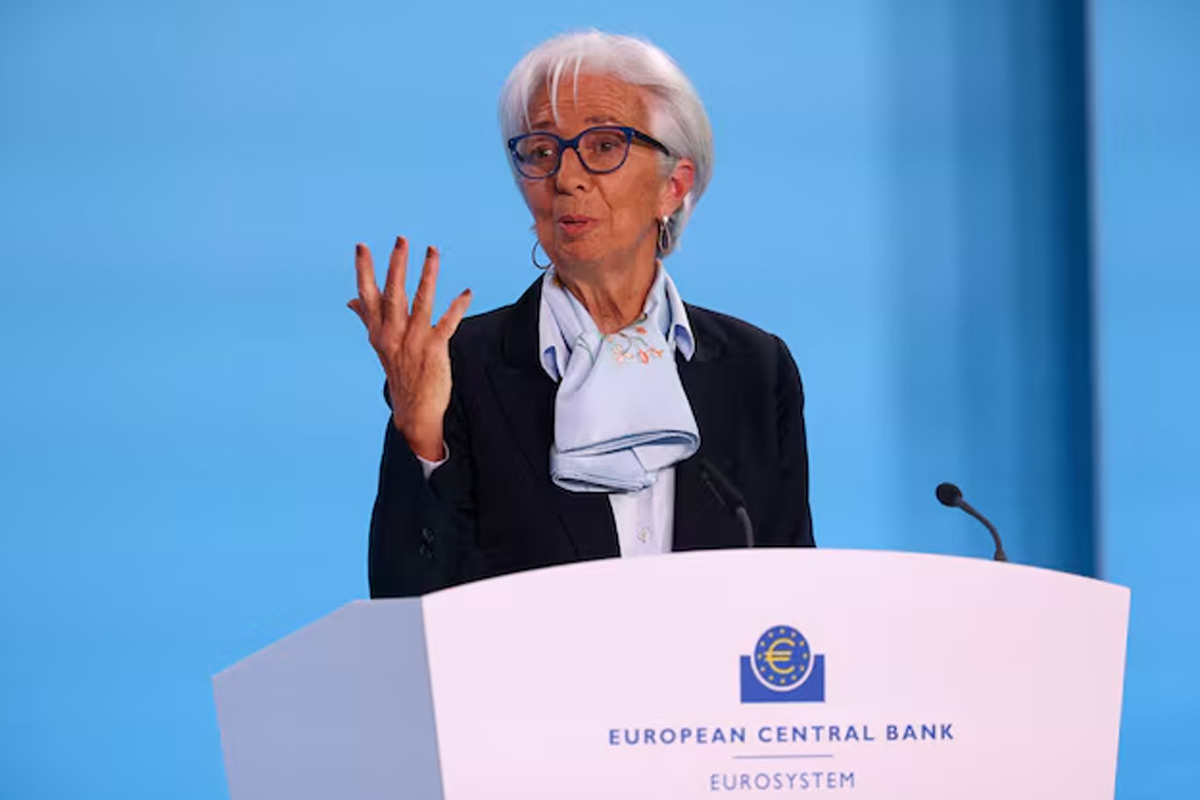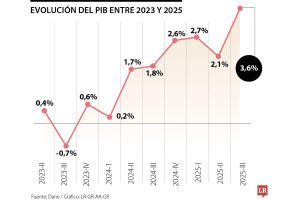The move to ease monetary policy among major central banks is proving much slower than the race to jack up interest rates from late 2021 to curtail surging inflation.
The European Central Bank left rates steady on Thursday, after delivering a first cut in June. The U.S. Federal Reserve — which has so far resisted the urge to ease — could move in September.
Here’s where leading central banks stand and what they are expected to do next:

1/ SWITZERLAND
The Swiss National Bank (SNB), which in March implemented the first rate cut among Western economies of this cycle, lowered borrowing costs again to 1.25% in June and is tilting towards another in September.
Swiss inflation has moderated to 1.3% year-on-year, firmly within the SNB’s target range.

2/ SWEDEN
Sweden’s Riksbank kicked off its easing cycle in May and minutes of its last policy meeting signaled two or three more rate cuts were likely this year.

3/ CANADA
Traders widely expect a swift second rate cut from the Bank of Canada on July 24 after it lowered borrowing costs by 25 bps to 4.75% in June and businesses reported weak demand.
Canadian inflation has cooled to 2.7% year-on-year, although economists have warned that further currency weakness in a nation reliant on U.S. imports could drive price growth higher.

4/ EURO ZONE
The ECB kept rates unchanged as expected on Thursday and gave no hints about its next move, arguing that domestic price pressures remain high and inflation will be above its target well into next year.
Money markets now price in a roughly 64% chance of a September rate cut, versus around a 75% chance earlier in the day.

5/ BRITAIN
Data on Wednesday showing stubbornly high services inflation pressure prompted traders to dial back bets for Bank of England rate cut on August 1. Markets now price a roughly 44% chance of a 25 bps reduction, having seen a 50-50 chance last week.

6/ UNITED STATES
A step down in U.S. inflation has convinced traders the Fed will cut rates by 25 bps in September after holding them in the 5.25% to 5.5% range for almost a year, and as prices, jobs and wages appeared to move back into balance.
Futures markets fully price in a September cut and 63% odds of another days after the November presidential election, with conviction fading beyond that as chances of Donald Trump retaking the White House blur the economic outlook.

7/ NEW ZEALAND
The Reserve Bank of New Zealand held its cash rate steady at 5.5% at last week’s meeting but opened the door to possible easing if inflation slows.
Data on Wednesday showed annual inflation slowed to a three-year low in the second quarter to 3.3% from 4% in the first. Traders price just over a 50% chance of a 25 bps cut in August and fully price in a move by October.

8/ NORWAY
Norway’s annual core inflation, which strips out energy prices and taxes, eased to 3.6% in June – falling faster-than-anticipated.
That’s good news for Norges Bank, which last month kept rates at a 16-year high of 4.50% and pushed back its prediction for a rate cut to 2025 from September.
Still, after last week’s inflation numbers, markets reckon there’s a roughly 45% chance of a move by year-end

9/ AUSTRALIA
The Reserve Bank of Australia is not ready to join the dovish camp just yet. In fact, the RBA pondered whether another rate increase was needed to contain inflation, minutes from its June meeting show.
Australia’s key rate stands at 4.35%, while inflation is running at 4% – well above its 2-3% target band. No surprise, markets do not price in a strong chance of easing until well into 2025.

10/ JAPAN
The Bank of Japan is the outlier, raising rates out of negative territory in March in its first hike in 17 years.
It meets on July 30-31 and recent data showing wage hikes are broadening across the economy bolsters the case for another increase soon. Markets price a roughly 43% chance of a 10 bps hike in July, and fully prices in a move by September.
A surprise July hike could give the yen another boost after a bout of suspected intervention to bolster the weak currency.

Información extraída de: https://www.reuters.com/business/finance/big-central-banks-are-starting-cut-rates-slowly-2024-07-18/







